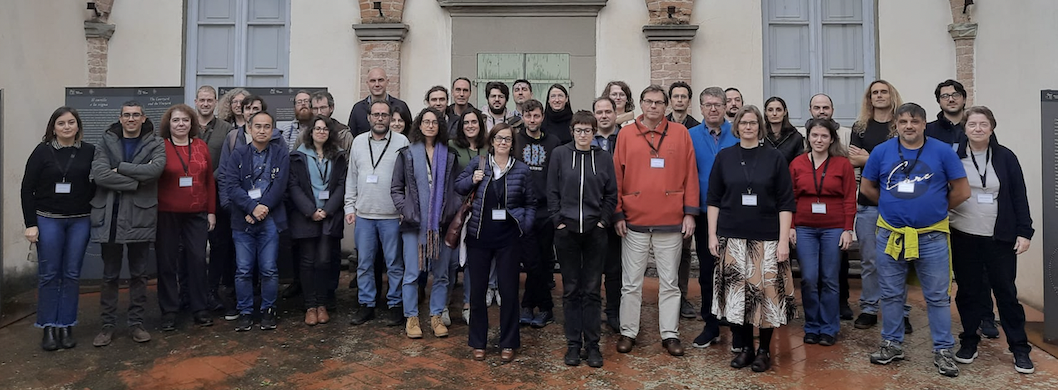Speaker
Description
Gaia has undoubtedly changed the way we look at the dynamics, morphology and evolution of star clusters. The exquisite spatio-kinematic dataset combined with sophisticated clustering tools allow us to observe not only the compact cores, but also extended regions beyond the tidal radius, where haloes, coronae and tails harbour an increasing fraction of the stellar mass as clusters dissolve with time. This begs the question: how are stellar properties affected by their cluster environment?
In this talk I compare rotation period distributions for thousands of stars across the mass spectrum, that reside in the cores and coronae of ten open clusters (aged between 30-300 Myr, within 500pc) identified by Meingast et al. (2021). Rotation periods are measured using my publicly-available TESSilator code, which I will briefly describe, along with a discussion of the effects of TESS faintness/crowding on this data sample.
These results provide observational clues about how stellar properties are affected by their environment as a function of age and mass, and can serve as a useful resource to infer physical parameters from imminent large-scale spectroscopic surveys.

